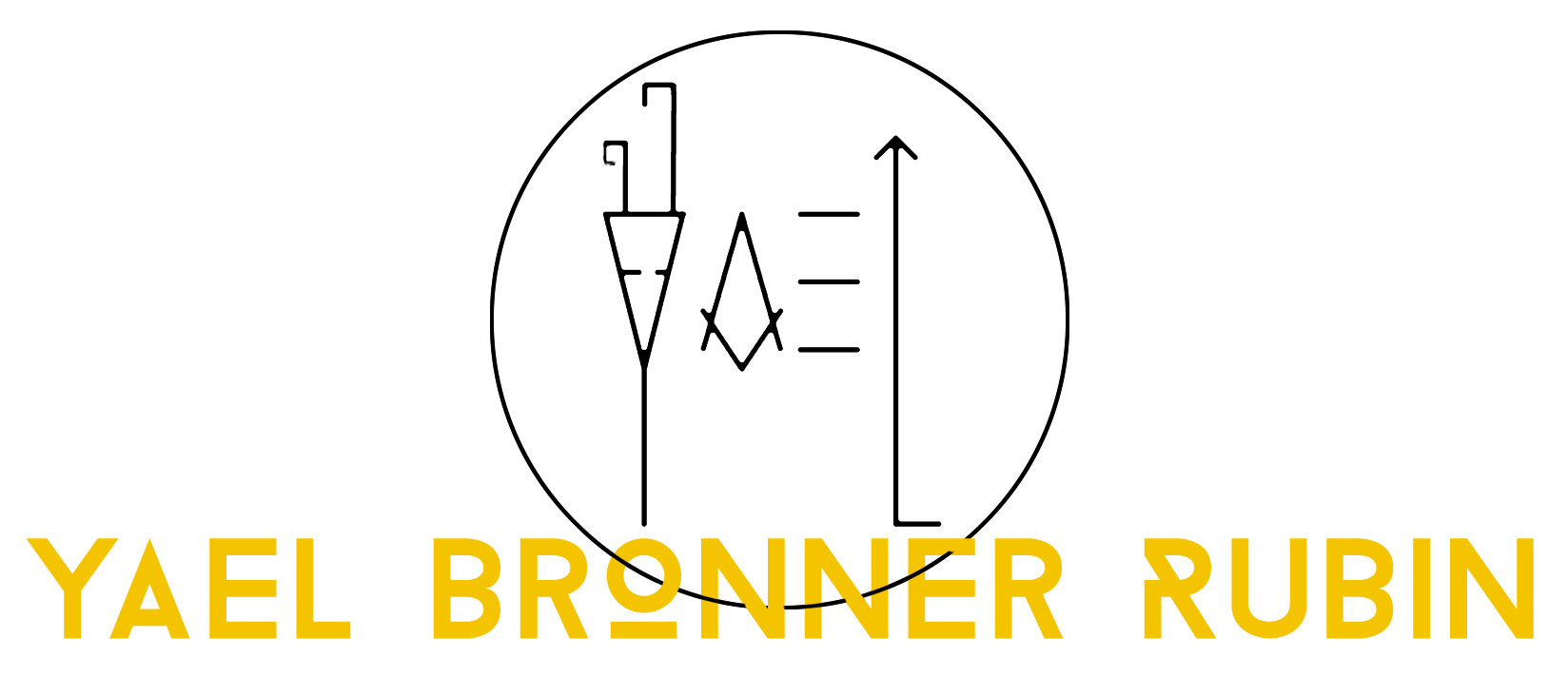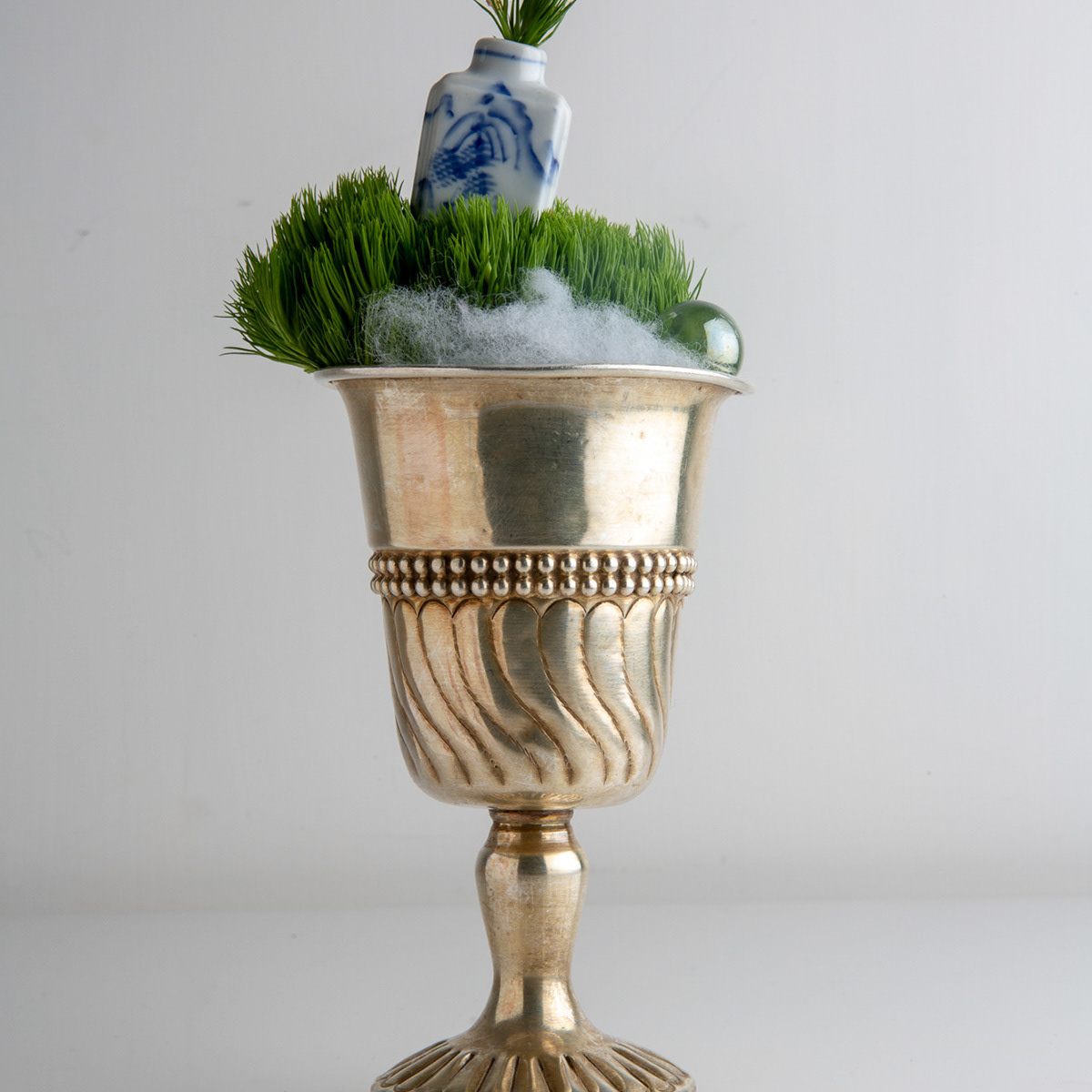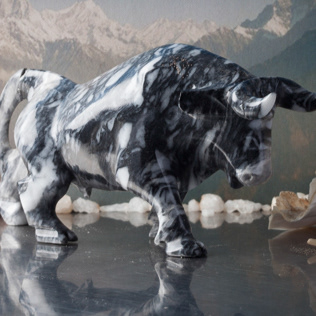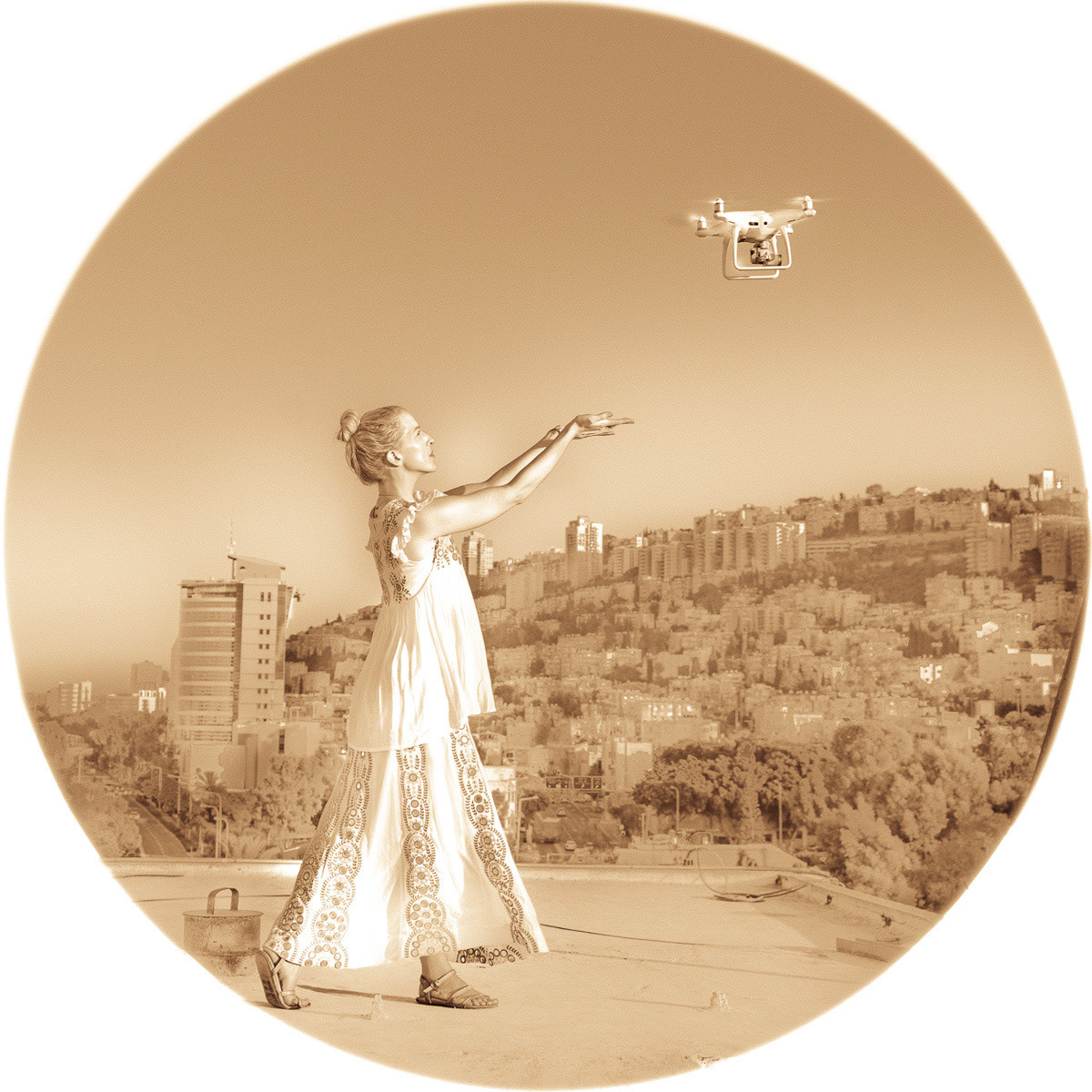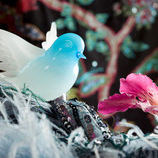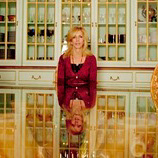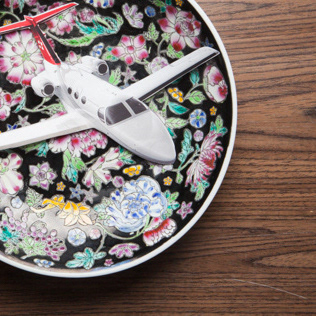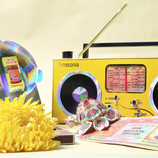Instalation View
Left: Paper Mask, archival inkjet print, 32X108cm, 2013.
Right: Root, archival inkjet print, 32X108cm, 2013.
Left: Tree Cotton, archival inkjet print, 32X108cm, 2013.
Right: Soft Spirit, archival inkjet print, 32X108cm, 2013.
Instalation View
This Way Up, archival inkjet print, 100 x 66, 60 x 40, 2013, 1/3
Left: Pigeon Blessing Open, archival inkjet print, 32X108cm, 2013.
Right: Pigeon Blessing Closed, archival inkjet print, 32X108cm, 2013.
Instalation View
Left: Mudra, archival inkjet print, 32X108cm, 2013.
Right: Shan (Mountain), archival inkjet print, 32X108cm, 2013.Left: Moon Alter, archival inkjet print, 32X108cm, 2013.
Right: Sea Spirit, archival inkjet print, 32X108cm, 2013.
Instalation View
Detail from Table Scroll
Table Scroll, archival inkjet print, 108 x 32, 2013.
Connecting to the Spirits, archival inkjet print, 100 x 66, 60 x 40, 2013, 1/3
Text by curator Orly Rabi
Body- object- space, ritual – mundane- secular, repetition- stagnation- transcendence. Tensions entwine into a harmonious arrangement, and unravel before the viewer in the works of Yael Bronner Rubin. The exhibition displays versions of a multi-cultural temple formed through a daily ritual in which the artist manipulated the image of her hands with different colours, positions and organic materials. She then placed the photographs on scrolls, along with another series of photographs that capture details of Hong Kong streets, which are then duplicated into patterns.
The photographic act documents a steady rhythm of repetition conjuring physical change. This establishes the connection between the creative process and ritualistic ceremonies.
The cult of the body takes the form of dress-up, of covering up. The ritual performed with the artist's hands – a sign of identity, creative power and human connection- creates a departure from the human traits of the body, and turns it into an inanimate object. Similarly the everyday materials around the hands: boxes, sunflower seeds, nail polish- also change character. Liberated from their status as inert objects, they become full of life and movement. The components of the composition lose their initial individual symbolism and become diffused into a whole. Their connection to the physical world is disconnected and they become a sanctified being in the hands of the artist.
This sanctified element comes through in both the photographed objects and the space the artist creates. She multiplies the sanctity of the space: the inner space of the photographs is positioned in complete darkness, in a celestial realm enfolding the object, detached from any concrete or actual context. The hand emerges from the center, balanced, pointing to an unknown direction. As an installation, the exhibition space also relates to religion, resembling a church or temple- it is characterized by symmetry, a polar focal point, a main wall designed as an apse, and an altar at the heart of it. In contrast to these religious elements, the image of the cluttered warehouse, secularizes the religious totality, and pulls the whole scenario downwards, to neglected depths.
The space, the object and the religious practice portrayed by the artist are all influenced by different cultures that seem to overlap one another. The positions of the hand combine blessing signs from different cultures- like the hand gestures made by Buddha (Mudrâs), by ‘Kohenim’ (Jewish clergy men), or by Jesus. The decorations "tattooed" on the hand are based on African body art, commonly symbolizing spiritual beliefs that connect the body to the land, to nature and to the soul. The scrolls on which the photographs are placed, also combine elements from different cultures: though they were designed as ancient Chinese scrolls, their frame is made from duplicated photographs of industrialized Hong Kong: pavements, curbstones, highways and crosswalks. The geometric patterns recall African textiles as well as Muslim arabesques, patterns full of symbolic, mystical and spiritual meaning.
The artist invites the viewer to take part in her personal cross- cultural experience. Born in South Africa to a religious Jewish household, she later grew up in Israel and is currently living and working in Hong Kong. Her diachronic life thus becomes a synchronous image marking her flesh. She creates a tapestry based on the similarities between cultures, while allowing their unique qualities to come through. The works move the viewer, not due to notions of otherness, but rather based on the recognition of cultural points of tangency.
גוף-חפץ-מרחב, טקס-יומיום-חול, חזרתיות-קיפאון-התעלות, מתחים הנשזרים לכדי מערכת הרמונית, אך פרומה בקצותיה, נפגשים ביצירותיה של יעל ברונר-רובין. בתערוכתה יצרה כמעין מקדש רב-תרבותי בו מקיפים את הצופה דימויים שנוצרו בתהליך יומיומי שבו ערכה על כף ידה מניפולציות בצבע, בתנוחה ובהלבשת חומרים אורגניים. הצילומים שובצו בתוך מגילות ובהן דגמים שהורכבו משכפול ממוחשב של צילומי פרטי רחוב בהונג קונג
מעשה הצילום מתעד שינוי גופני המעוגן בחזרתיות בריתמוס קבוע. בכך נקשרת היצירה בטקסים פולחניים בהם לוקח הגוף מימד מרכזי. פולחן הגוף מקבל ביצירות מימד של התחפשות והתכסות משנות צורה. הטקס שיוצרת האמנית בכף ידה – סימן של זהות, כוח יצירה ותקשורת אנושית – ממסמס את הגוף מאנושיותו והופך אותו לחפץ דומם נפרד. גם החומרים המקיפים את כף היד, שלקוחים מעולם היומיום כמו ארגז, גרעיני חמנייה, לק לציפורניים... משנים את זהותם. הם משתחררים מהיותם חפץ סטאטי והופכים לבעלי כוח חיות ותנועה. הרכיבים בקומפוזיציה מאבדים חלק מהקונוטציה הסמלית הראשונית שלהם ומותכים למכלול סבוך, שלם ועצמאי. כך מנתקת אותם האמנית מגשמיותם ומהיבט החולין שטמון בהם והופכת אותם לישות מקודשת.
הקדושה העולה מהאובייקטים המצורפים מצויה גם במרחב שבוראת האמנית. היא יוצרת מרחב מקודש כפול: המרחב הפנימי של הצילומים הממוקמים באפלה מוחלטת, בחלל שמיימי המקיף את האובייקט, מנותק מהקשר ממשי וקונקרטי. בתוכו עולה כף היד, ממורכזת באיזון, מצביעה כלפי מעלה לעבר מקור בלתי ידוע. גם חלל התערוכה, כמכלול מיצבי, נושא מימד של קודש בזיקתו למבנה דתי, כנסיה-מקדש. הוא מאופיין באיזון סימטרי, במוקד קוטבי, הקיר המרכזי המעוצב כאפסיס, וכן במוקד מרכזי, שולחן הקודש. אל מול מרחב מקודש זה מוצב הצילום המרכזי ובו מחסן עמוס ארגזים, המחלן את ההרמטיות הדתית ומושך אותו כלפי מטה, אל מעמקים נזנחים
המרחב, האובייקט והחוויה הדתית שיוצרת האמנית מאופיינים בהשפעות רב-תרבותיות, הנשזרות רובד על רובד זו לזו. תנוחות היד המוצגות בצילומים משלבות מוטיבים של ברכה מתרבויות שונות – אלו תנוחות ידיו של בודהה (Mudrâs), יד הכוהנים היהודים המברכים את הקהל בתפילה והיד המברכת של ישו. עיטורי הגוף ש"קועקעו" על גבי היד, מתבססים על עיטורי גוף אפריקאים המשמשים לביטוי אמונות רוחניות וקשרים בין גוף, אדמה, טבע ונשמה. המגילות בהם שובצו הצילומים משלבות גם הן מכאן ומשם: הן עוצבו כמגילות סיניות קדומות, אלא שמסגרתן עשויה משיכפול צילומי עולם היומיום בהונג קונג המתועשת: מדרכות, אבני שפה, כבישים ומעברי חציה. הדגמים הגאומטריים שנוצרו מזכירים בסגנונם טקסטילים אפריקאים וכן ערבסקות מוסלמיות, דגמים אשר להם משמעות סימבולית, מיסטית ורוחנית.
האמנית מזמינה את הצופה לקחת חלק בתהליך הרב תרבותי בו היא מצויה, כילידת דרום אפריקה למשפחה יהודית דתית, אשר גדלה והתחנכה בישראל וחיה ויוצרת כיום בהונג-קונג. תהליך החיים הדיאכרוני הופך לדימוי סינכרוני צרוב בגופה. היא יוצרת מארג המתבסס על הדמיון בין התרבויות, מבלי לבטל את ייחודיותן. היצירות מפעימות את הצופה, לא באמצעות תפיסת השונות כי אם על ידי הנקודות המשיקות בתוכן
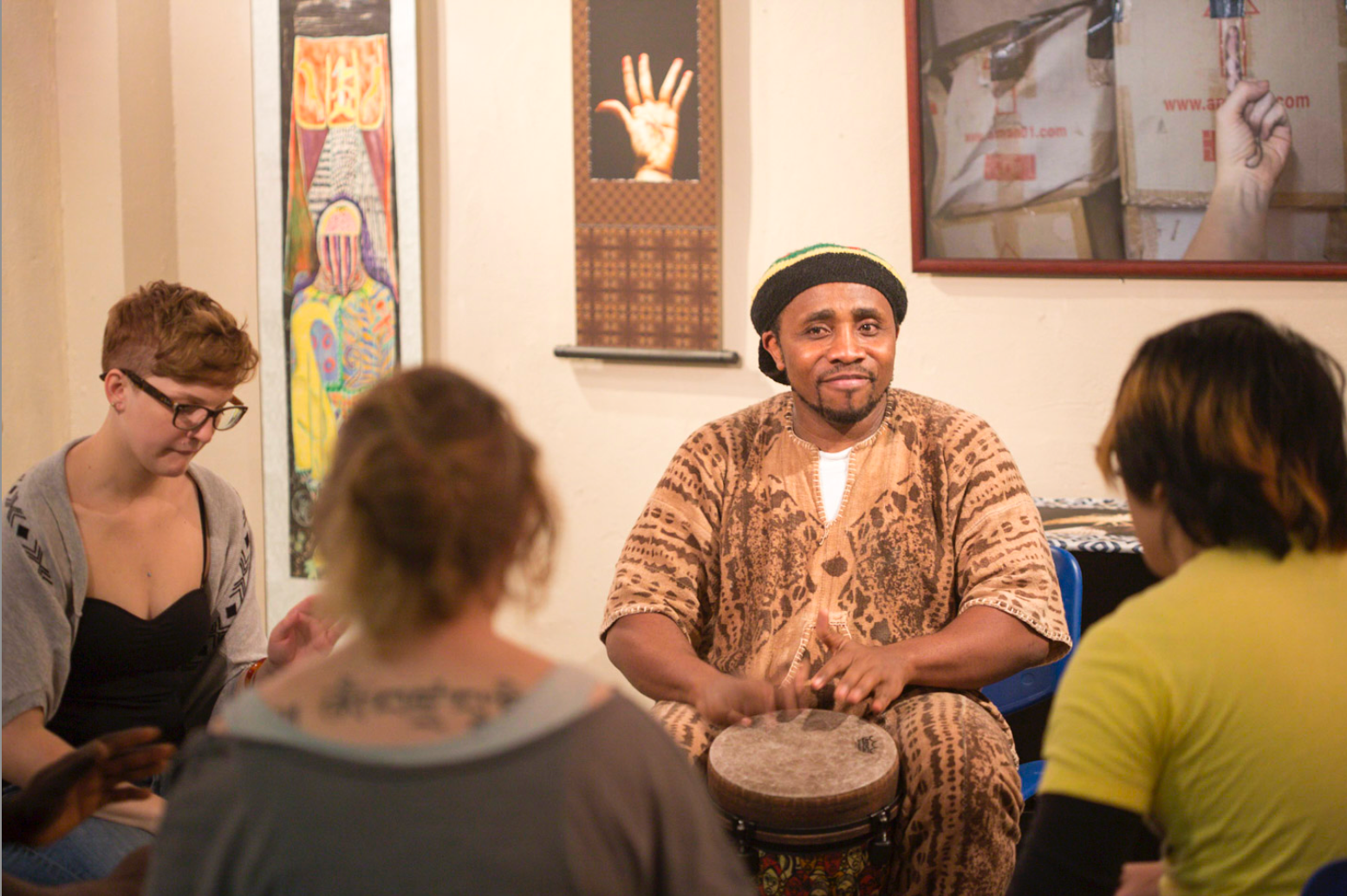
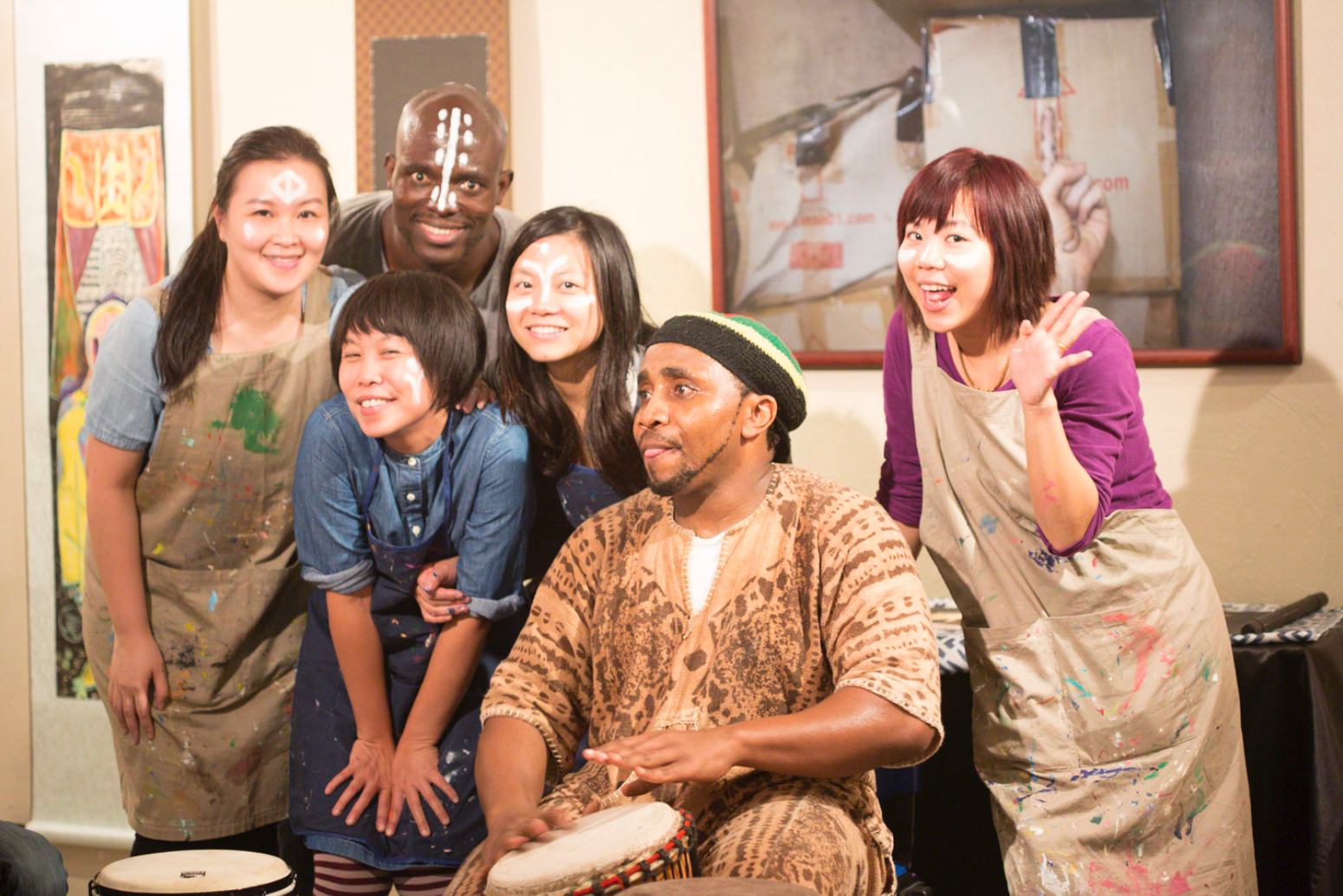
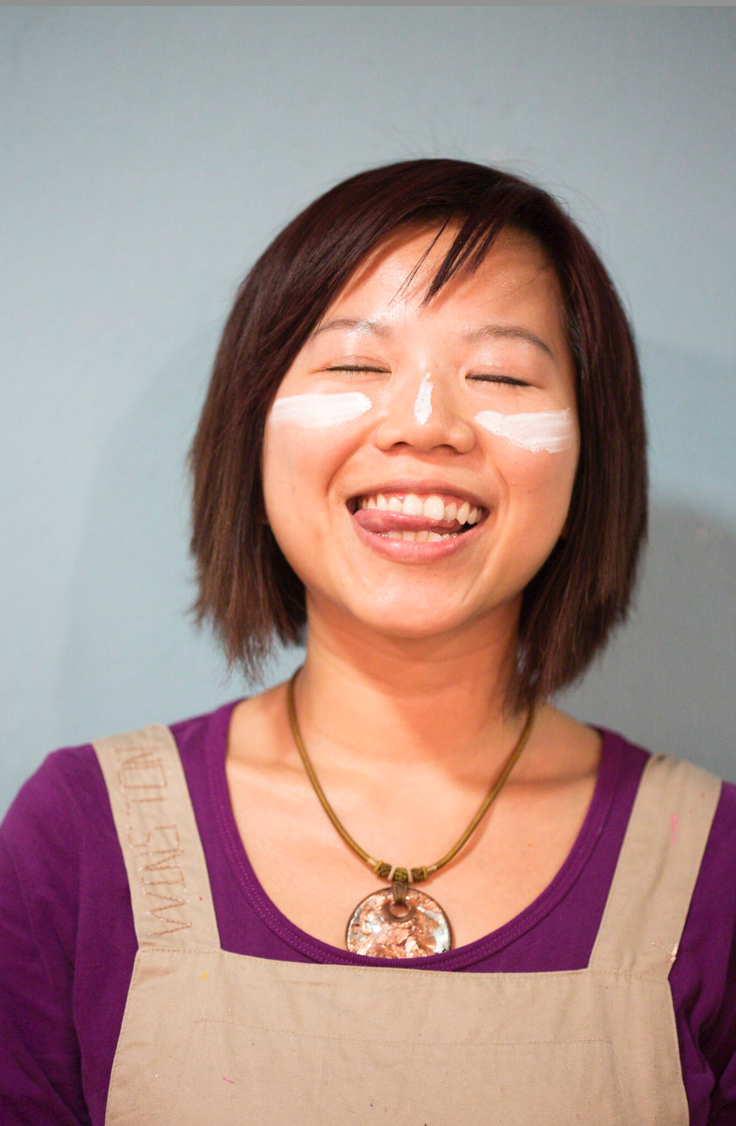

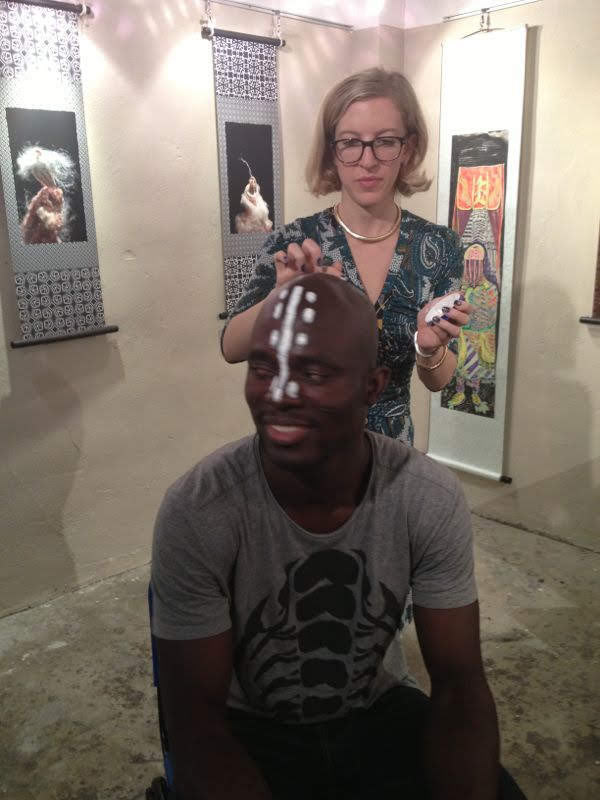
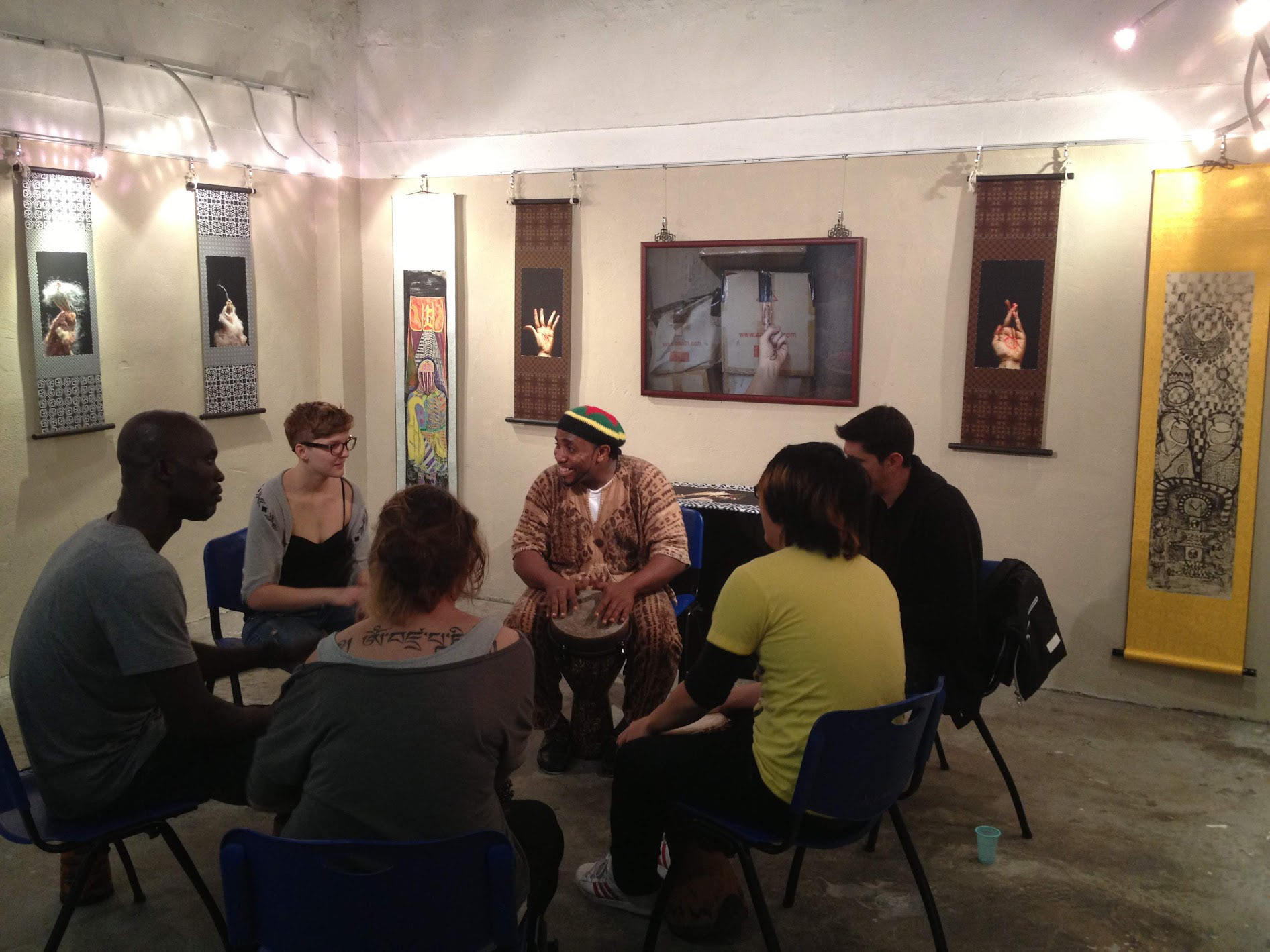
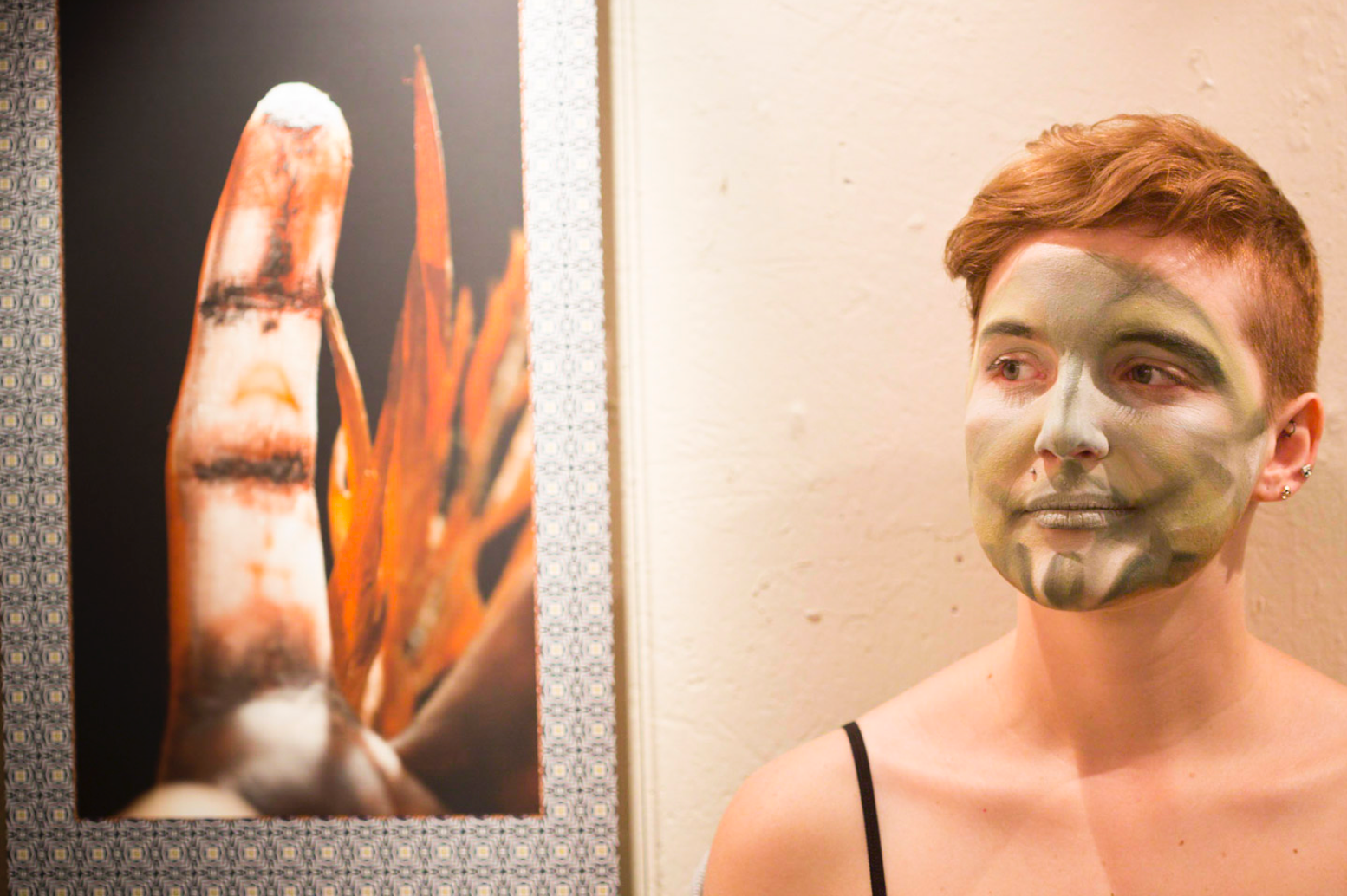
Creating a Sense of Community & Celebrating Art
Closing party of artist from SCAD, JCCAC and Vision First community with drums circles, make up and a jam session
